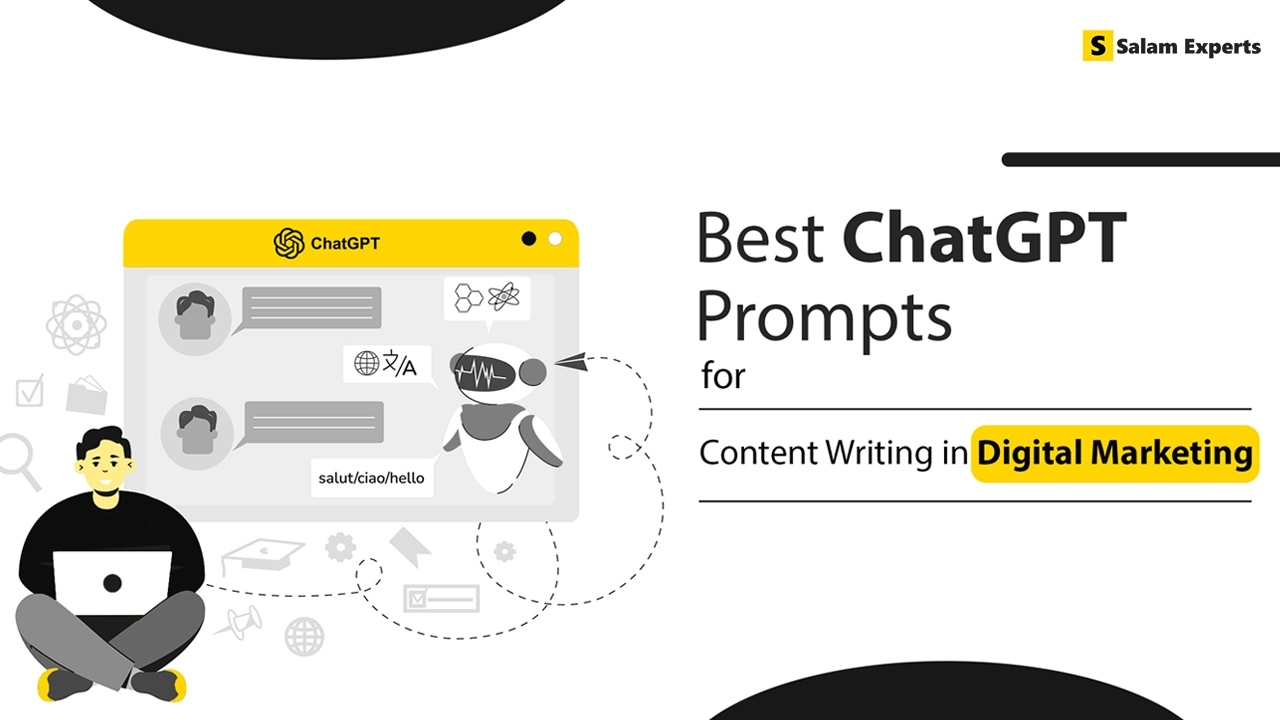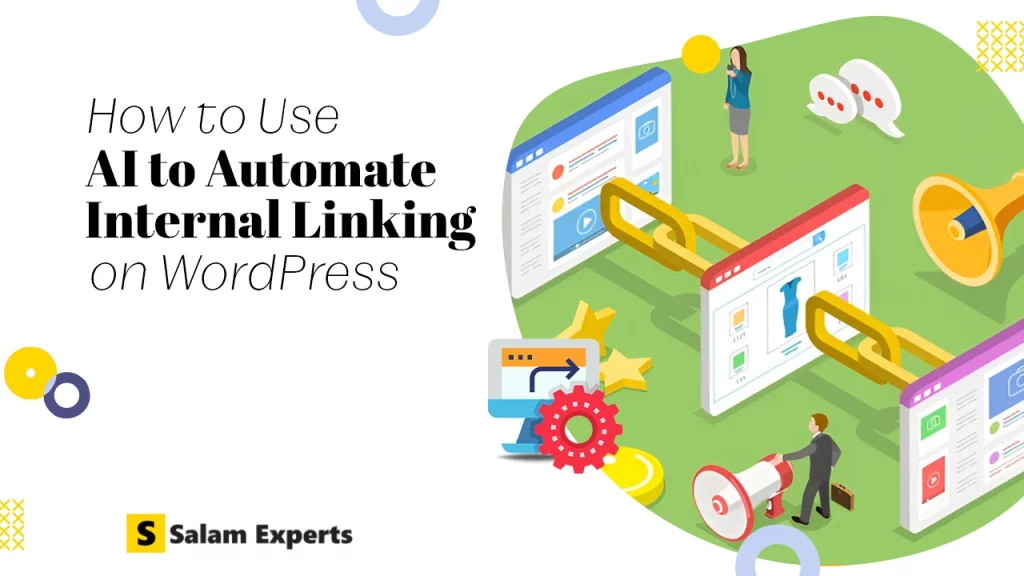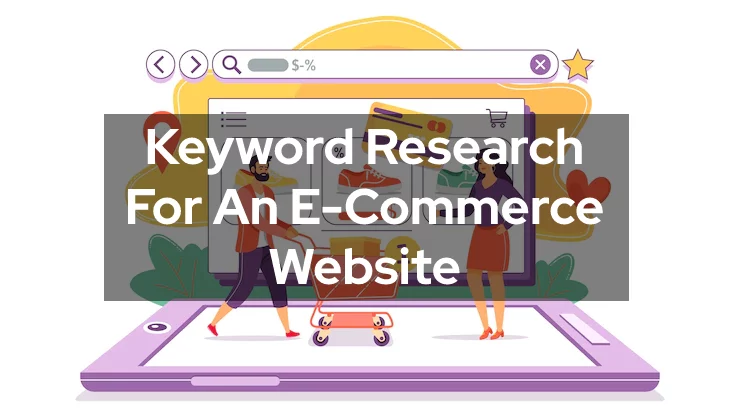Best ChatGPT Prompts for Content Writing in Digital Marketing

The digital marketing landscape is ever-evolving, demanding fresh but engaging content to capture attention and drive results. While creativity is key, staring at a blank page can be daunting. That’s where ChatGPT, one of the top AI content writing tools, can step in as your trusty sidekick.
By providing the best ChatGPT prompts, you can guide ChatGPT to generate tailored content ideas and even draft initial outlines. However, crafting effective prompts requires specific strategies.
In today’s digital battlefield, killer content is crucial for winning over audiences. But writer’s block? It can stop even the bravest marketers in their tracks. Fear not! ChatGPT, your AI writing tool, is here to help. So, discover how to crack its potential for creating amazing digital marketing content with the perfect prompts. Let’s get those creative juices flowing!
Keys Takeaways:
- Use ChatGPT to overcome writer’s block, but refine your brand voice for authentic content.
- Be specific about your audience, format, and goals for laser-focused, engaging content.
- Disclose ChatGPT use, fact-check rigorously, and avoid biases for responsible content creation.
- Test different prompts, track results, and share experiences to crack ChatGPT’s full potential.
14 Key Tips for Best ChatGPT Prompts
Target Your Audience: Understand your ideal customer’s pain points, interests, and language. Tailor your prompts to address their specific needs and tap into their needs.
Be Specific: Instead of requesting “Write a blog post about marketing,” pinpoint a specific topic like “5 Instagram content ideas for a local bakery.” The more precise your prompt, the more relevant and focused the output will be.
Leverage Different Formats: Experiment with prompts that generate various content formats like headlines, ad copy, social media captions, blog outlines, or even email subject lines.
Inject Your Voice: While ChatGPT can provide a starting point, remember to infuse your brand’s unique voice and tone to maintain consistency and authenticity.
Refine and Iterate: Don’t settle for the first draft. Use ChatGPT’s suggestions as a springboard for your own creativity, refining and iterating the content until it aligns perfectly with your vision.
Now, let’s look at some prompts specifically designed for digital marketing content:
For Blog Posts
- “Write a comprehensive guide on [industry trend] for small businesses, highlighting actionable tips and examples.”
- “Create a listicle with [number] surprising statistics about [target audience pain point] and how to overcome them.”
- “Draft a catchy headline and outline for a blog post comparing [product- A] vs. [product-B] for [specific use case].”
For Social Media
- “Generate [number] witty tweet ideas about [upcoming event] using relevant hashtags.”
- “Craft an engaging Instagram caption for a post showcasing the benefits of [product-feature] with a call to action.”
- “Develop a thought-provoking question for a LinkedIn post that spit discussion on [industry challenge].”
For Ads
- “Write compelling ad copy for [platform] targeting [customer segment] with [specific offer], emphasizing the key value proposition.”
- “Generate a list of creative keywords related to [industry] to use in ad campaigns.”
- “Develop A/B testing variations for ad headlines and descriptions to test their effectiveness.”
Limitations of ChatGPT in Content Creation
- Lack of Understanding and Originality: ChatGPT relies on the data it’s trained on, limiting its ability to grasp deeper contexts, nuances, and unique perspectives. This can lead to content that feels generic or derivative, lacking authentic voices and original insights.
- Susceptibility to Biases: Bias exists within the data ChatGPT is trained on, meaning it can unwittingly perpetuate discriminatory or harmful language. Ethical use requires awareness and proactive countermeasures to mitigate bias.
- Factual Inaccuracy: While constantly improving, ChatGPT can still generate factually incorrect or misleading information. Rigorous fact-checking and relying on credible sources are crucial before publishing content produced with ChatGPT.
- Limited Creativity and Emotional Intelligence: ChatGPT struggles with tasks requiring genuine creativity, humour, or emotional understanding. Human input and editing are necessary to inject soul and authenticity into the content.
- Technical Errors and Disrupted Continuity: One notable limitation is occasional technical issues, such as the “Conversation Not Found” error, which can occur when trying to revisit previous chats. But there is no need to worry as there are ‘Conversation Not Found’ ChatGPT solutions to quickly resolve this issue.
Ethical Guidelines for Using ChatGPT in Content Creation
- Transparency and Attribution: Disclose the use of ChatGPT in your content creation process. Consider attributing specific sections or ideas to the model while taking responsibility for the final output.
- Fact-Checking and Accuracy: Implement a rigorous fact-checking process, verifying information generated by ChatGPT with reliable sources before publication.
- Avoiding Harmful Biases: Be mindful of potential biases in the data ChatGPT is trained on, actively identifying and mitigating any discriminatory or offensive language generated in your content.
- Respecting Copyright and Intellectual Property: Ensure content generated by ChatGPT does not infringe on existing copyrights or intellectual property rights. Be cautious about using trademarked phrases or copyrighted content.
- Responsible Promotion and Marketing: Avoid making deceptive or misleading claims about ChatGPT’s capabilities. Present it as a tool to support, not replace, human creativity and expertise.
Conclusion:
Remember, ChatGPT tool is to fuel your creativity, not a replacement for human expertise. Use it strategically to overcome writer’s block, explore new content formats, and ultimately create impactful marketing campaigns that connect with your audience.
So, don’t be afraid to experiment! With the right prompts and your own marketing savvy, you can crack the full potential of ChatGPT and raise your content game.
Author
-

We are a digital marketing agency with over 17 years of experience and a proven track record of helping businesses succeed. Our expertise spans businesses of all sizes, enabling them to grow their online presence and connect with new customers effectively. In addition to offering services like consulting, SEO, social media marketing, web design, and web development, we pride ourselves on conducting thorough research on top companies and various industries. We compile this research into actionable insights and share it with our readers, providing valuable information in one convenient place rather than requiring them to visit multiple websites. As a team of passionate and experienced digital marketers, we are committed to helping businesses thrive and empowering our readers with knowledge and strategies for success.
View all posts




